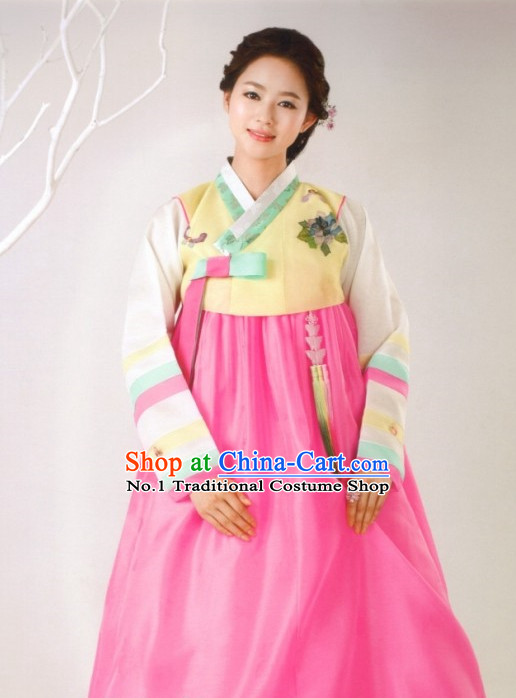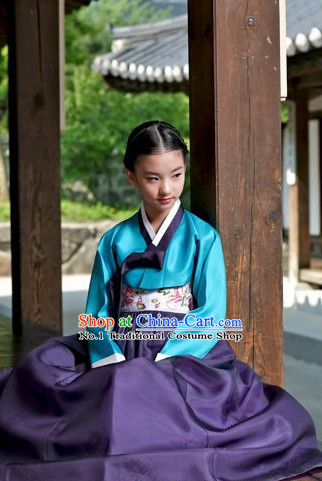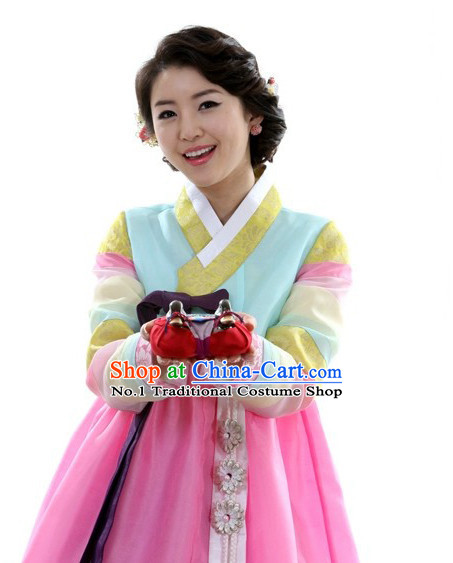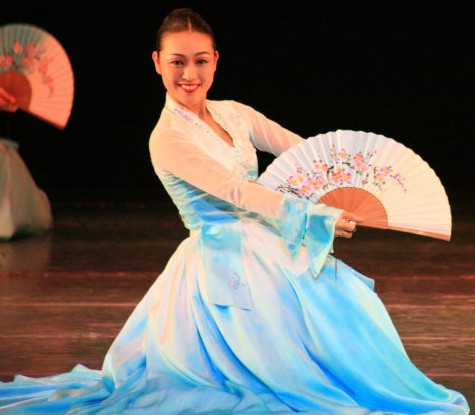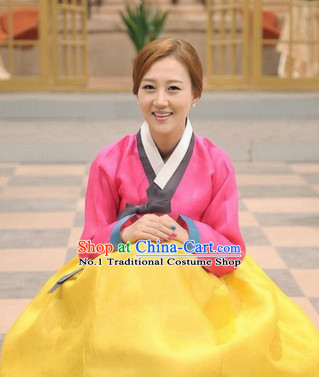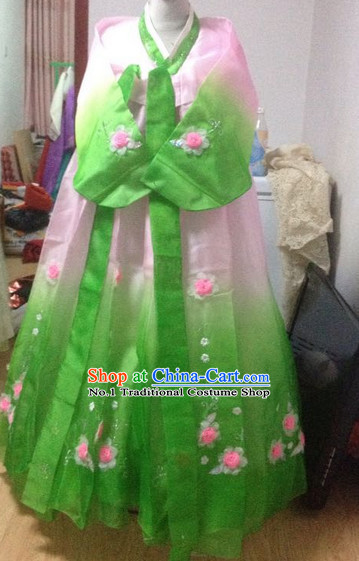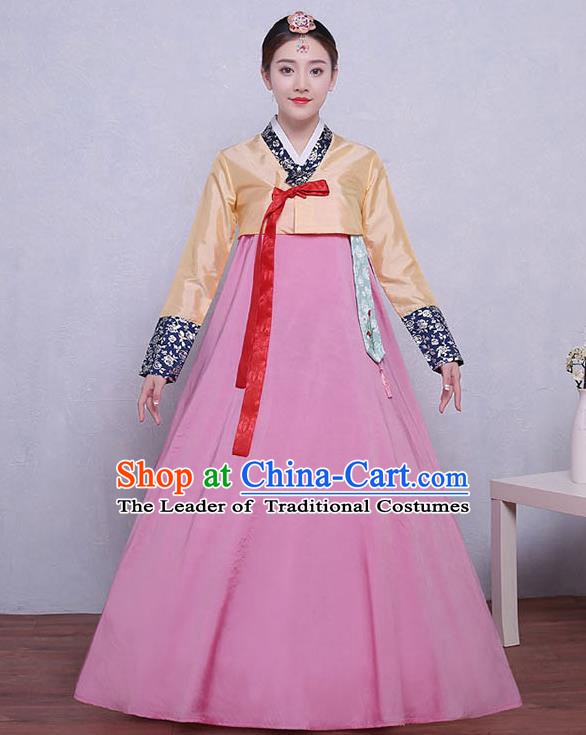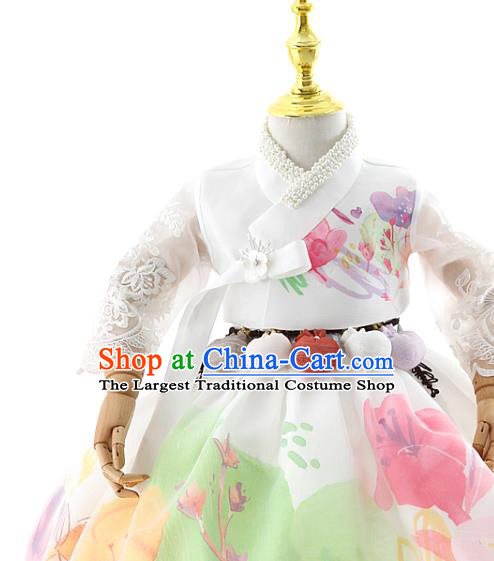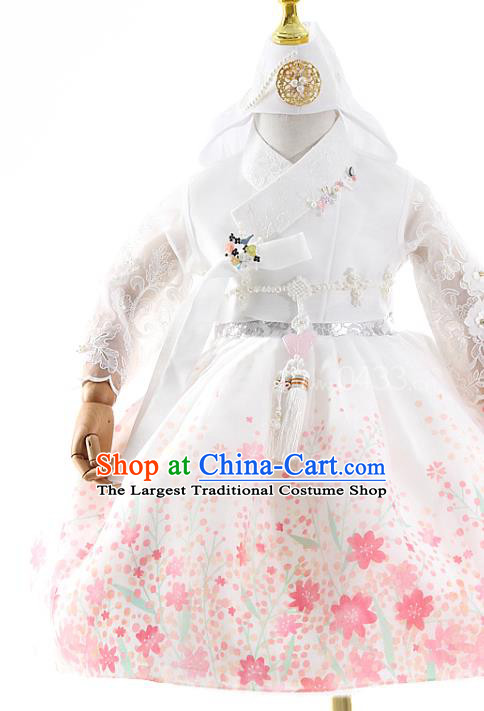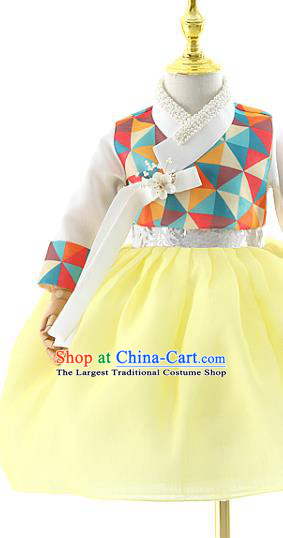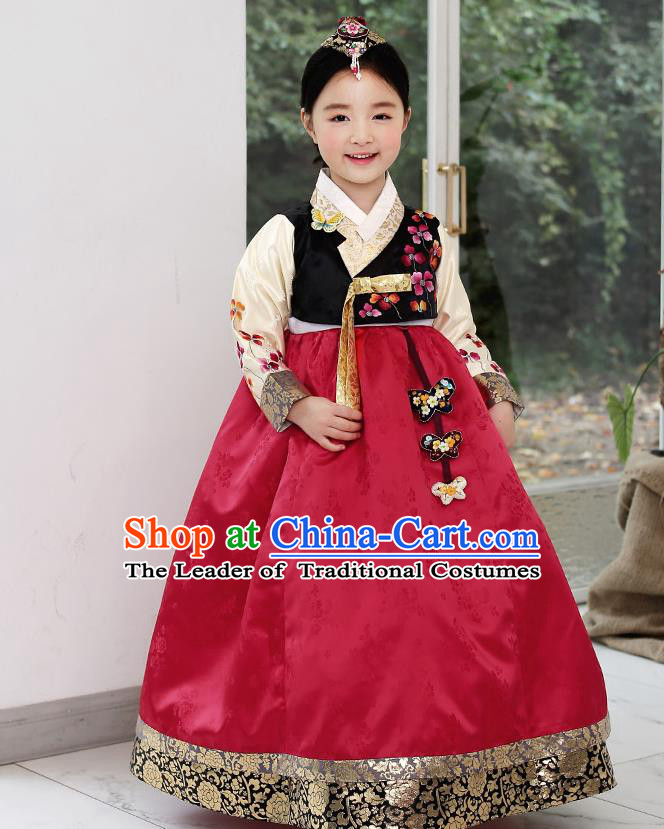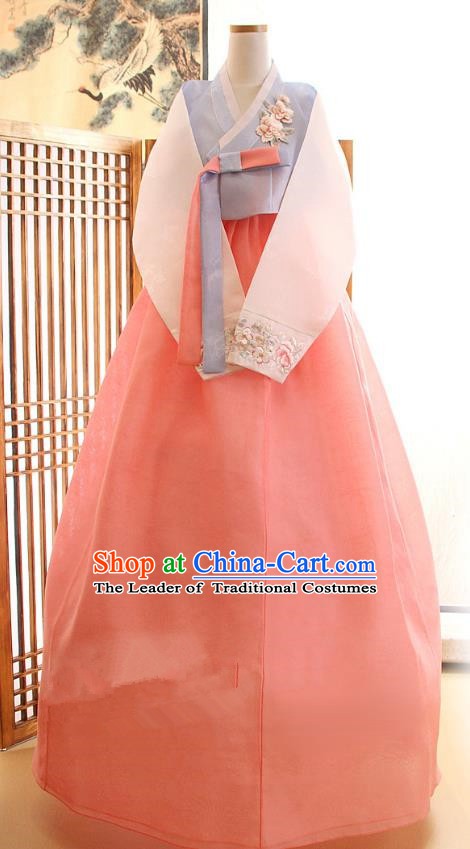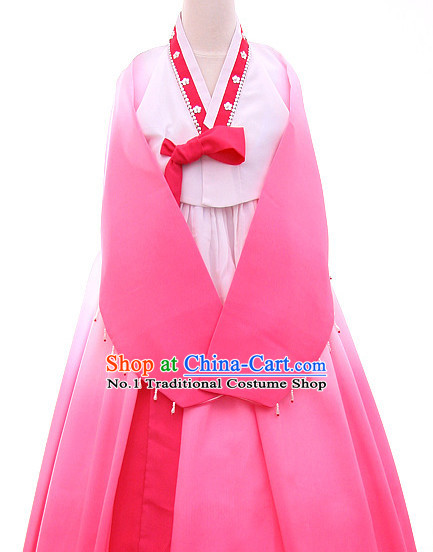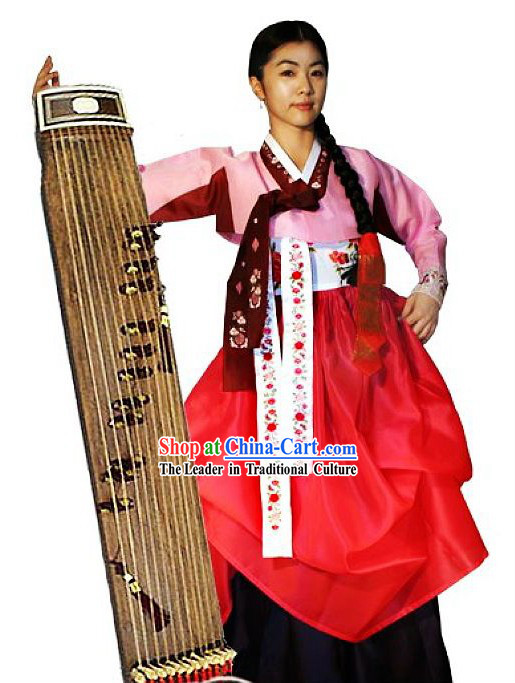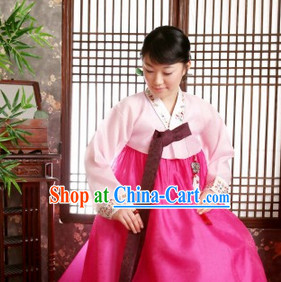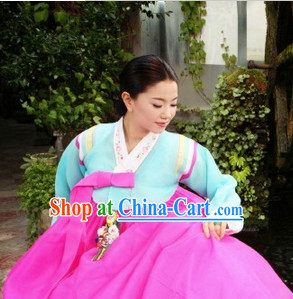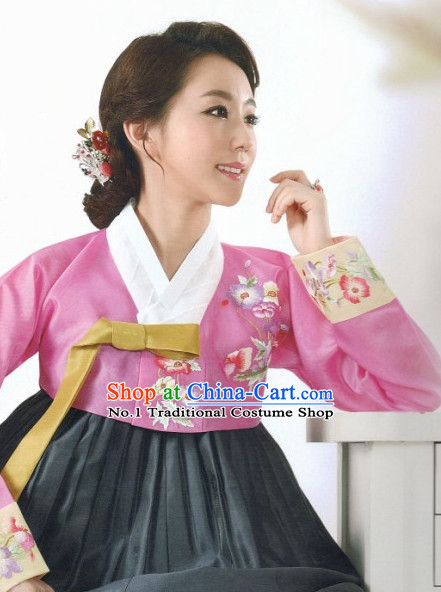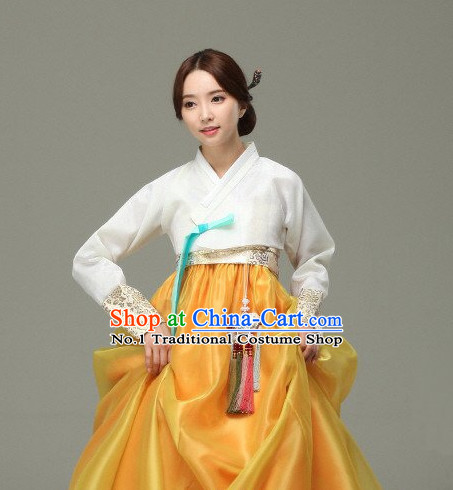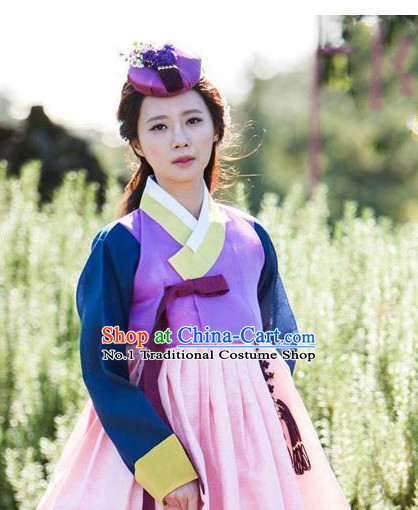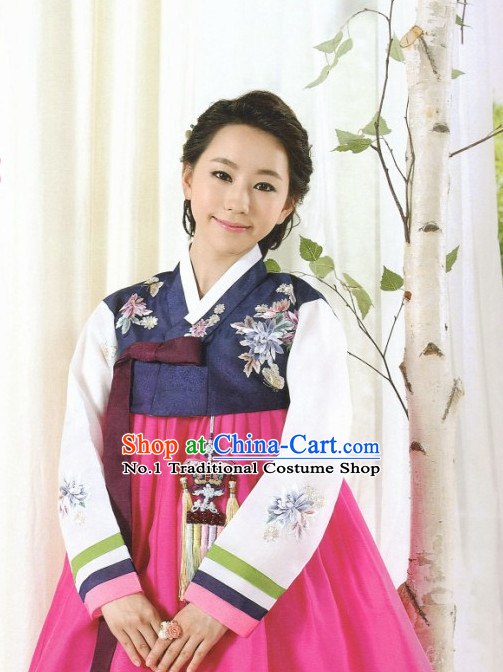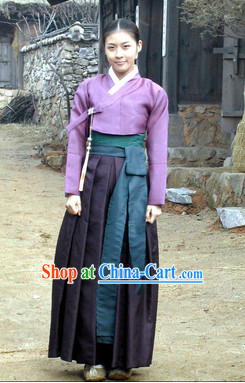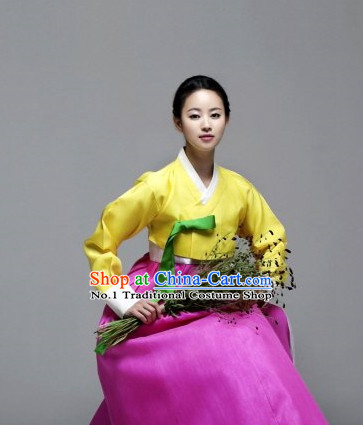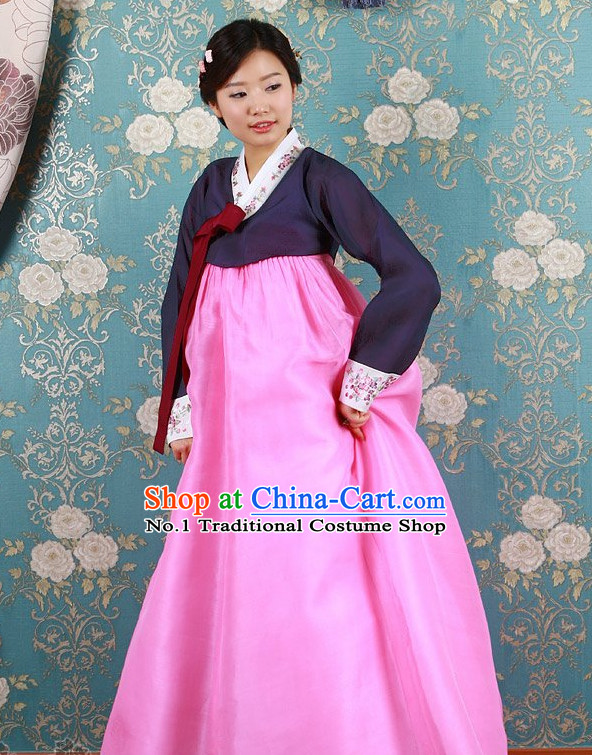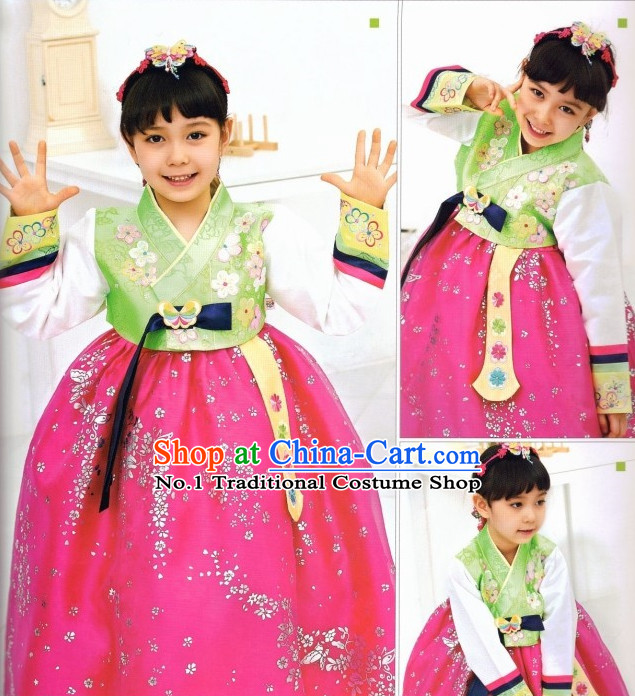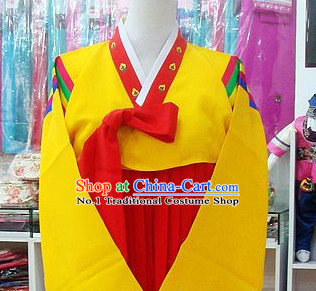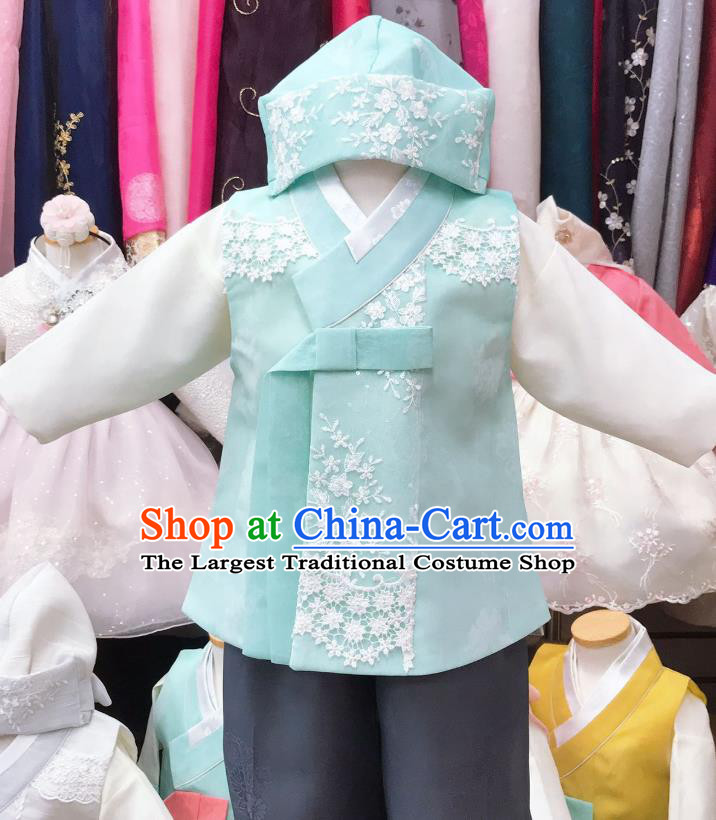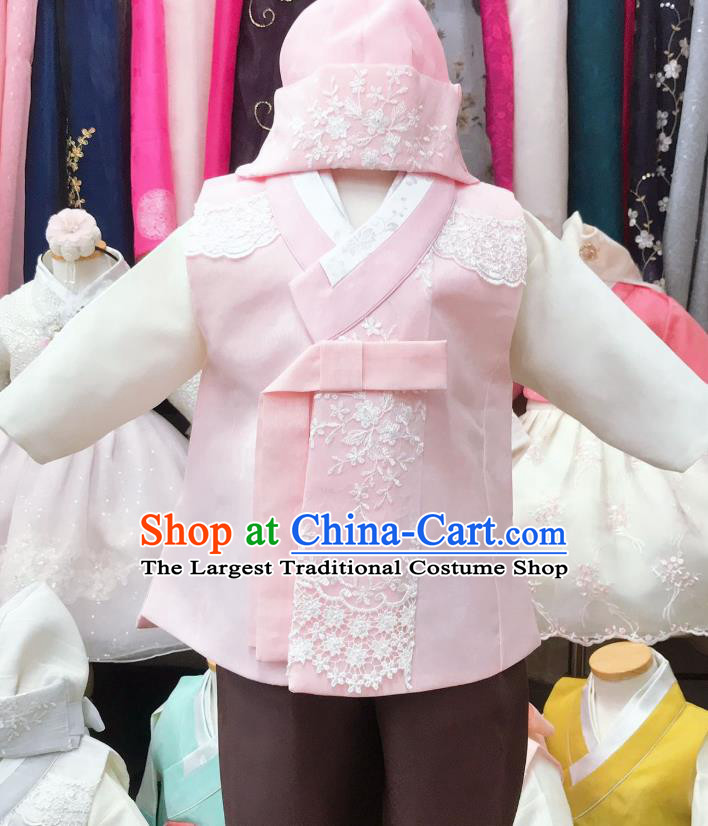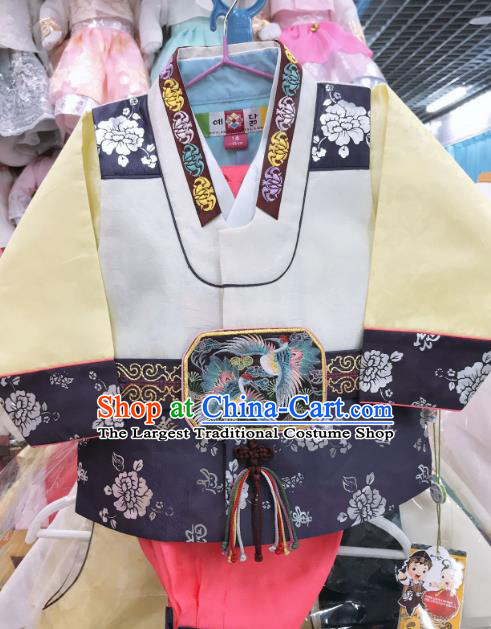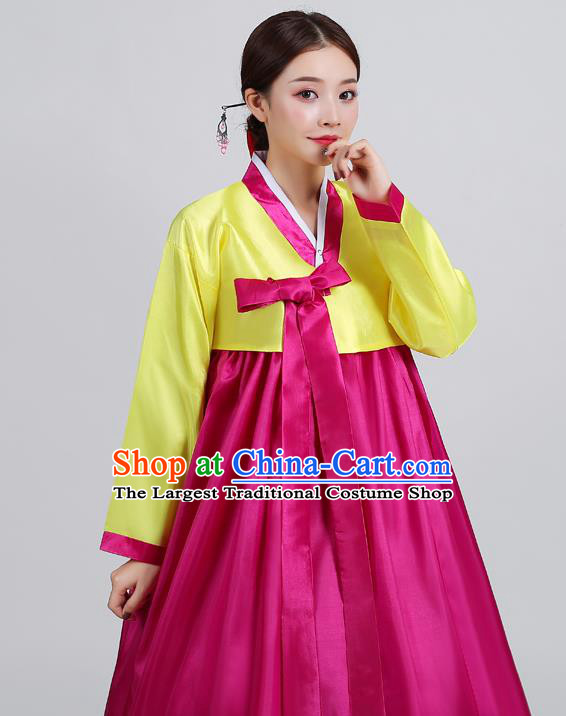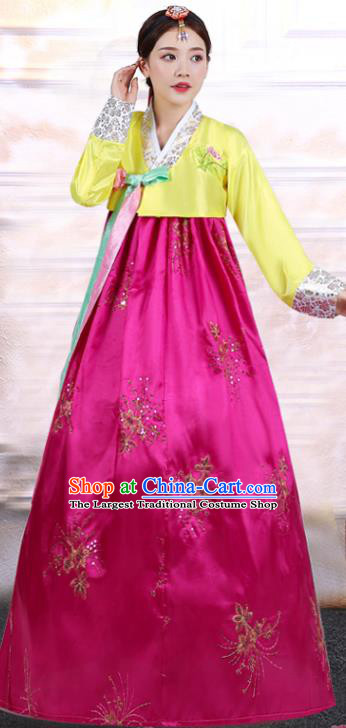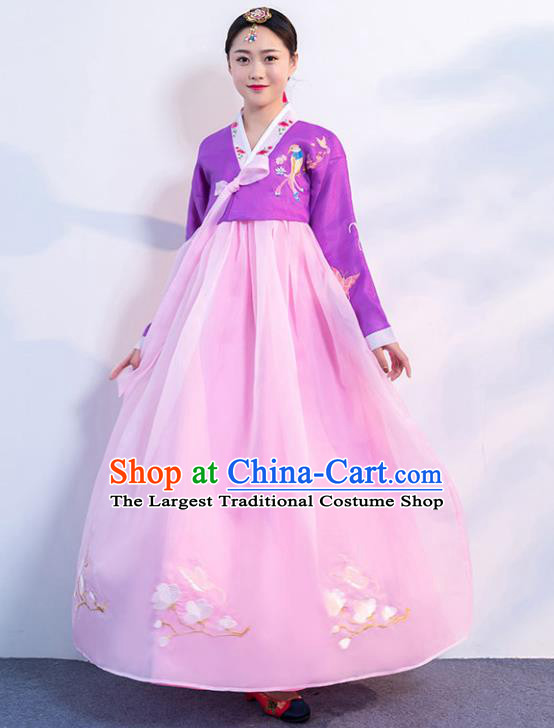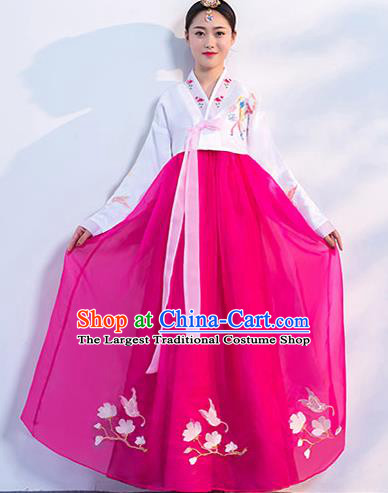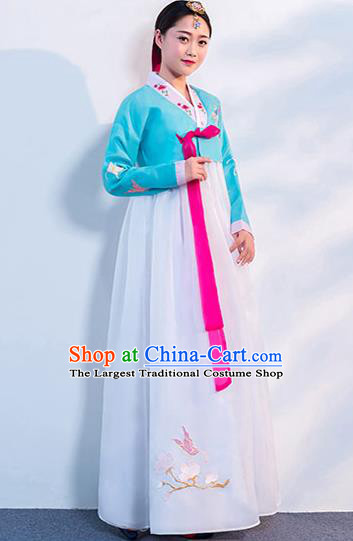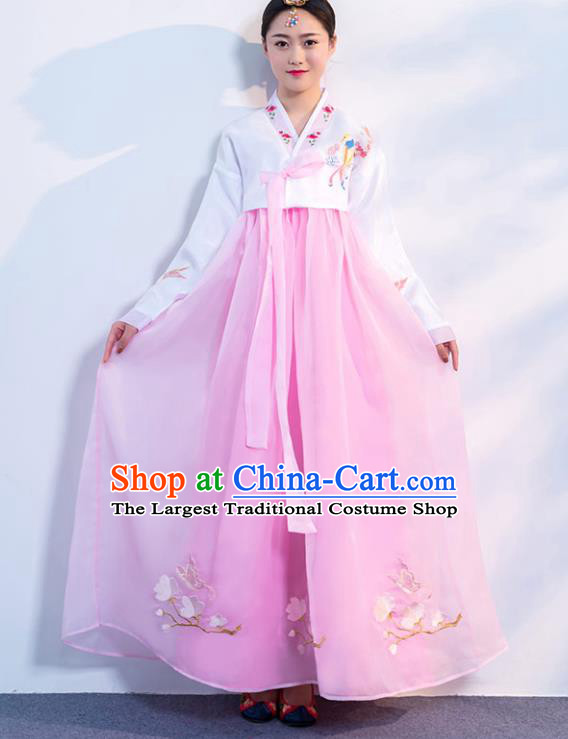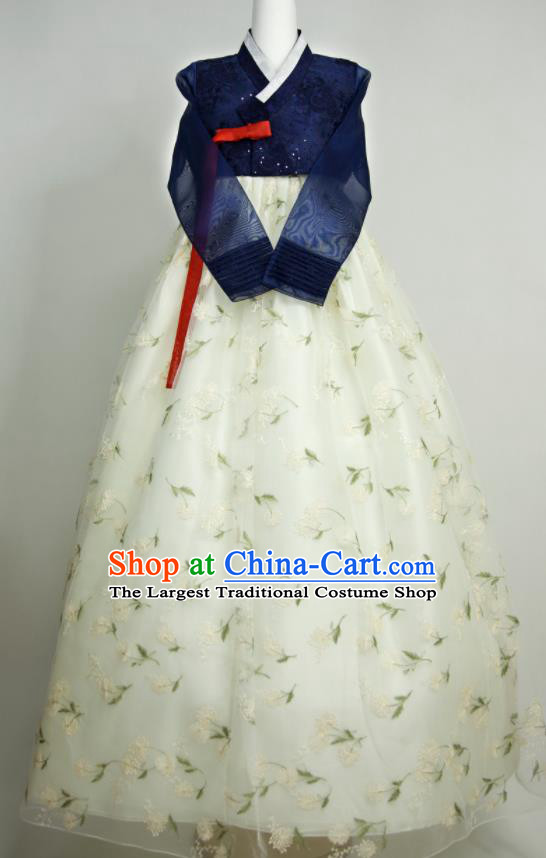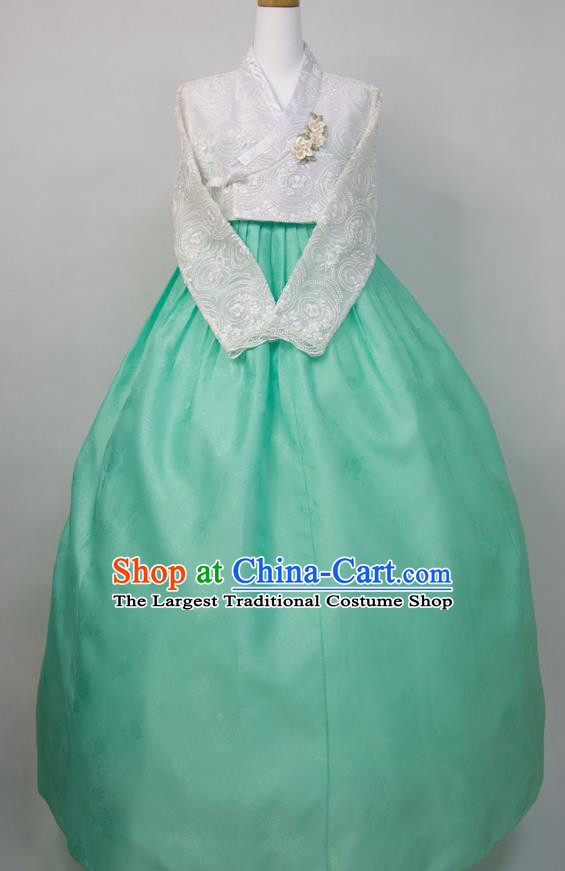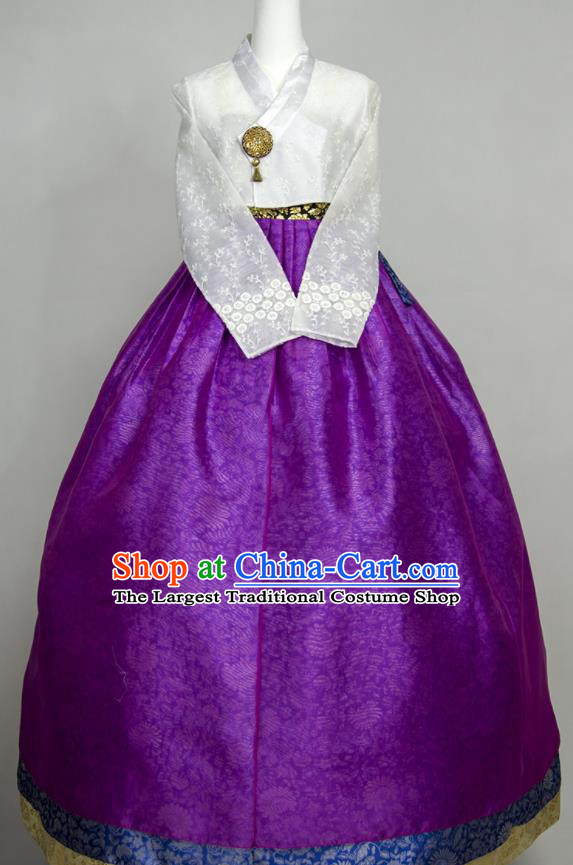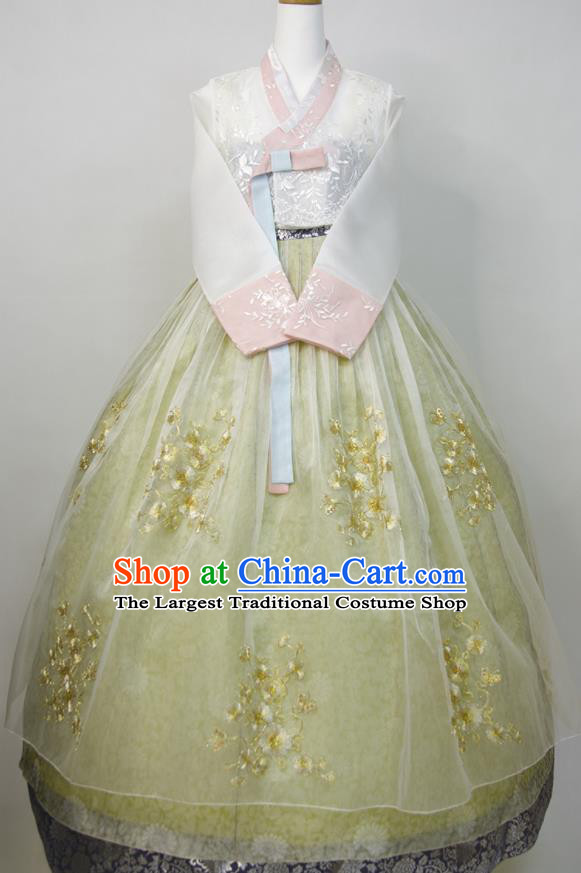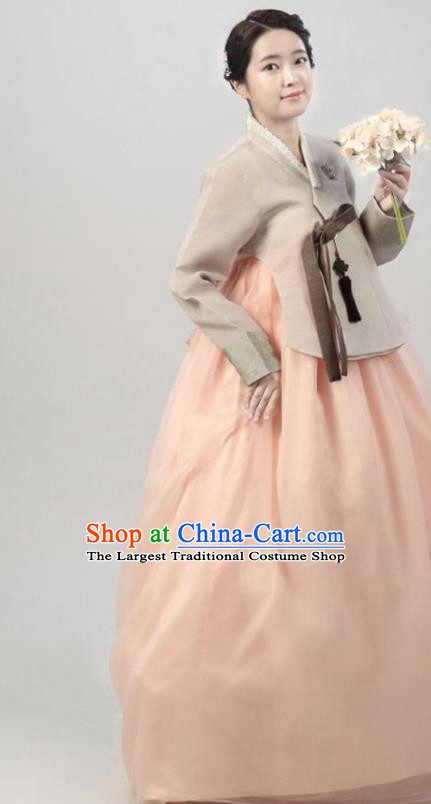
Click Related Pictures for More Audios:
Korean traditional women's clothing, also known as Hanbok, is an essential part of Korean culture and represents the country's history and traditions.
Hanbok is renowned worldwide for its unique design and exquisite craftsmanship.
In Korea, it is considered a cultural heritage symbolizing the traditional aesthetics and values of the Korean people.
Hanbok's design emphasizes detail and symmetry, with colors and patterns that hold profound cultural significance.
For example, red often represents joy and enthusiasm, while black signifies sadness and mourning.
Additionally, Hanbok features special decorative elements such as gold, silver, and beads that not only enhance its beauty but also represent the Korean people's pursuit of beauty and reverence for nature.
Apart from its aesthetic appeal, Hanbok has rich historical significance.
In ancient times, it was exclusively worn by Korean nobility and royalty, representing power and status.
Over time, Hanbok became everyday attire for ordinary citizens but still retains its unique cultural value and meaning.
In conclusion, Korean traditional women's clothing is a cultural artifact full of charm and historical significance.
It not only represents the traditional aesthetics and values of the Korean people but also reflects the country's history and cultural background.
Whether in daily life or special occasions, Hanbok remains an admired and coveted cultural symbol.
